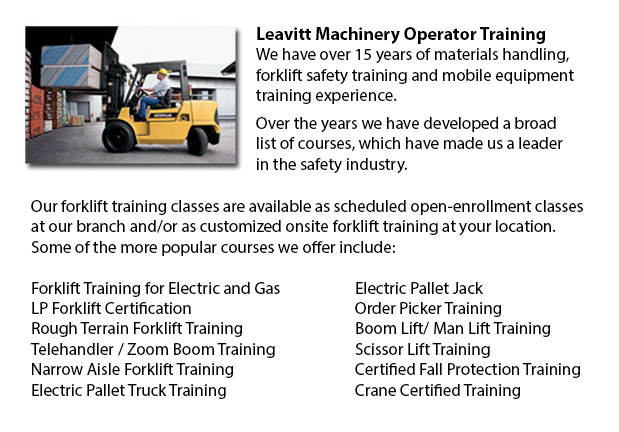
A pallet stacker is a variety of pallet jack that is employed to move, stack and lift palletized commodities that are overly heavy for manual lifting. Its main purpose is to load and unload pallets on vehicles, and also transferring pallets to and from various places within a storage space or warehouse. Most pallet stackers are built of heavy duty materials to withstand tremendous weights. Pallet stackers are occasionally identified as pallet jacks. They may be operated from a seated, upright or walk-behind position. Pallet stackers are divided into manual and powered types.
Pallet stackers are generally comprised of a set of forks that are capable of sliding underneath a pallet, capable of lifting to a preferred height or transporting it to a particular location. The engine section or casing houses the gas-run, electronic or hydraulic apparatus that powers the instrument.
Manual pallet stackers are hand-powered. They function hydraulically to make lifting tedious pallets an easier job. Typically a walk-behind version meaning they are utilized by pulling and pushing the stacker to its desired location. Using a foot pedal or handle raises the stacker’s forks. Squeezing a lever or trigger returns the forks to the floor. These designs of pallet stackers are ideal for lighter loads of up to approximately 1 ton or 907.18 kg.
Electric or gas powered pallet jacks can accommodate extreme lifting weights of up to 5 tons or 4535.92 kg. They are physically less demanding than the manual versions thanks to the mechanized power to lift and lower the stacker’s forks. These versions are steered by turning the handle in a specific direction. There is a button on the handle that functions to raise and lower the forks. A throttle found on the stacker’s handle moves the device forward and in reverse. This variety of equipment is regularly known as a forklift and is operated from a sit-down posture.
Selecting the correct version of pallet stacker can be somewhat critical as versions will have varying lift capabilities, together with varying fork widths. Some versions of jacks may only tolerate two pallets to be loaded at one time, whilst other versions might be able to load several pallets. Some versions of these forklifts include an modifiable fork so as to permit the jack to slide beneath pallets of unusual sizes and shapes. These designs are helpful when a variety of types of pallets are used within a workspace.
-
Crown Forklift
More -
Scissor Pallet Trucks
Scissor pallet vehicles are made for moving and raising individually stacked pallets by integrating a lifting mechanism that allows the pallets on the truck to be elevated. This gear is a great device for working in space limited areas that will not... More -
Boom Trucks
A boom truck is often recognized by the cable and telephone company vans that have the extended arm folded over their roofs. Commonly, a bucket-like apparatus sits at the extension of extendable arms. Normally called a cherry picker, or an aerial boo... More -
Hyster Forklift
Hyster is globally acknowledged as an industry leader in the forklift manufacturing business. However, it began as a manufacturer of lifting machinery as well as winches. Most of its production was concentrated in the Pacific Northwest and dealt mo... More -
Pneumatic Forklifts
Commonly used in shipping plants, the pneumatic forklift or pallet truck, may be used to move materials that are placed on top of pallets. A pneumatic lift truck commonly has a set of steel forks installed on a wheeled counterweight that also has a p... More

Forklift Certification Kamloops
TOLL FREE: 1-888-254-6157
Kamloops, British Columbia
forkliftcertificationkamloops.com/
Email Us
About Us


